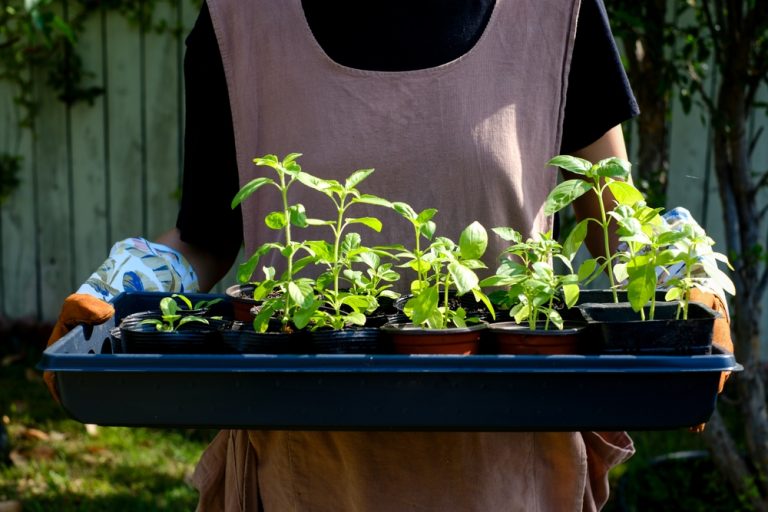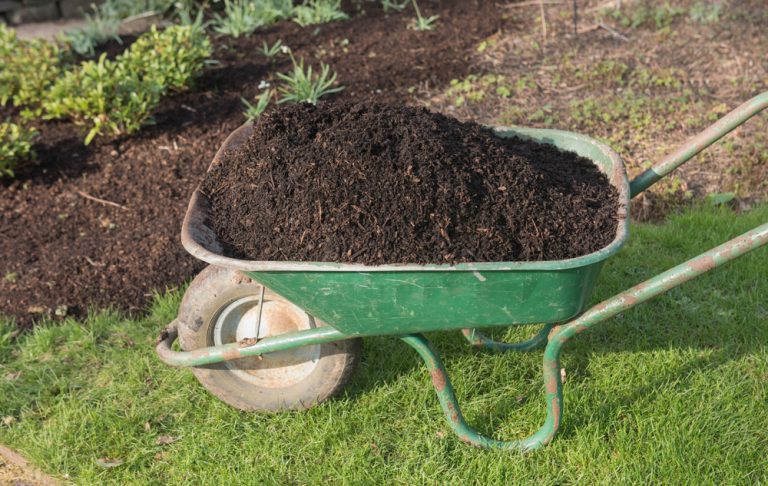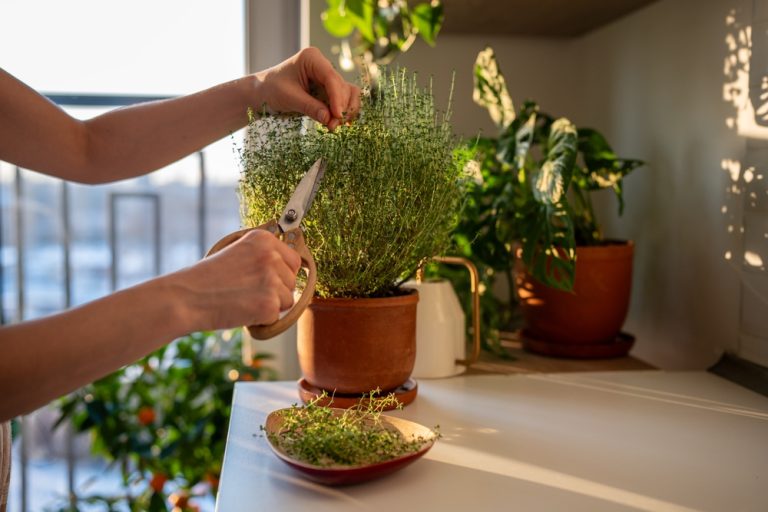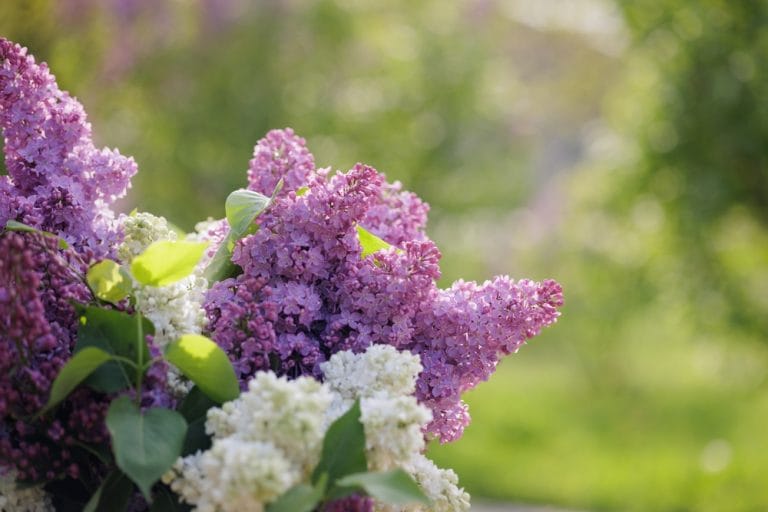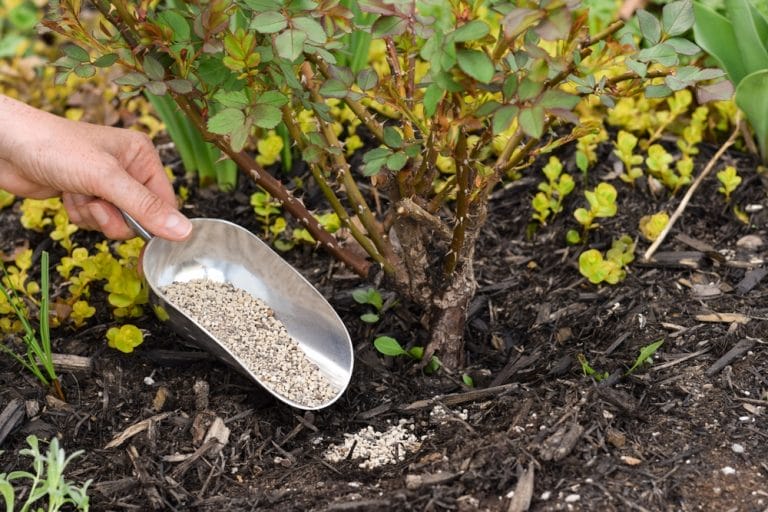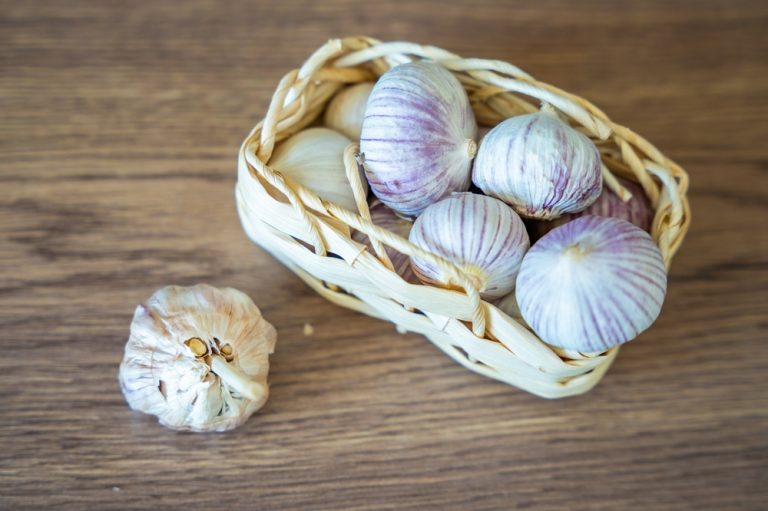Spring is racing toward us, and your garden doesn’t have to wait for sunshine to start thriving. This is the perfect time to roll up your sleeves, get a little muddy, and plan projects that will transform your outdoor space without draining your wallet. From clever DIY hacks to simple touches that bring huge rewards,…
spring garden
Why Mulching in December Can Save Your Spring Garden
Winter is rolling in, frost is creeping over your lawn, and it might feel like the garden is officially “asleep” until spring. But don’t put away your gardening gloves just yet—December is secretly one of the best months to set your spring garden up for success. Mulching now might sound like an odd chore in…
9 Budget-Friendly Winter Garden Projects You Can Finish Before Spring
Winter can feel like a lull in the garden, a time when frost and bare branches make you wonder if your outdoor space will ever bloom again. But the colder months are secretly a golden opportunity for gardeners who love to plan, create, and prep. With a few simple projects, you can turn your wintertime…
Force Spring Blooms Outdoors by Using This Simple Cover Method
One day, everything looks brown, sleepy, and slightly offended by the cold in your garden, and the next day you’ve got daffodils popping up like they’re auditioning for a floral talent show. Gardeners love surprises, but they love early surprises even more, and that’s where the simple cover method comes in. With just a bit…
Feed Your Soil Now and Reap the Rewards in March
Garden blooms after a long winter are stunning. But here’s the secret seasoned gardeners know, and beginners rarely hear: those beautiful spring plants don’t just happen. They’re the result of quiet, behind-the-scenes work you do long before frost melts and daylight lingers. Feeding your soil now—yes, right now—sets the stage for an explosive, colorful, brag-worthy…
How to Mow and Mulch for a Perfect Lawn Come Spring
The secret to a lush, vibrant, envy-inducing spring lawn isn’t found in one dramatic weekend of landscaping—it’s built slowly, thoughtfully, and smartly starting much earlier. Many homeowners assume that once the grass goes dormant in fall or winter, it’s time to forget about yard care until everything warms up again. But the truth is that…
The Garlic Planting Trick Most Gardeners Don’t Know
There’s something special about garlic. It stands bold in the kitchen, elevates meals, wards off blandness, and carries centuries of folklore on its papery shoulders. Yet, for all its culinary fame, garlic remains surprisingly misunderstood in the garden. Many gardeners plant it too shallow, too late, or too casually—missing out on larger bulbs, richer flavor,…
Collect These Seeds Now — You’ll Thank Yourself in April
We all know that there is a specific kind of magic that happens when spring finally arrives. The world stretches awake, the soil softens, and suddenly every neighbor with a porch pot becomes a garden philosopher. But here’s the secret the seasoned growers know: your April garden dreams actually start now, while fall and winter…
9 Crops That Overwinter for a Spring Harvest
If you’ve ever looked at your garden in late fall and thought, “Well… guess we’ll try again next year,” then brace yourself—because winter gardening is about to become your new superpower. While most people pack up their tools and wait for warm weather to return, savvy gardeners know that winter can actually prepare plants for…
Why Ornamental Grasses Should Stay Standing Until Spring
There’s a good chance you’ve looked out at your garden in late fall and thought, “Should I cut those grasses down before the snow hits?” It’s a tempting thought—after all, the tidy gardener in all of us loves a clean slate before winter. But hold that thought and put the shears down! Ornamental grasses aren’t…
